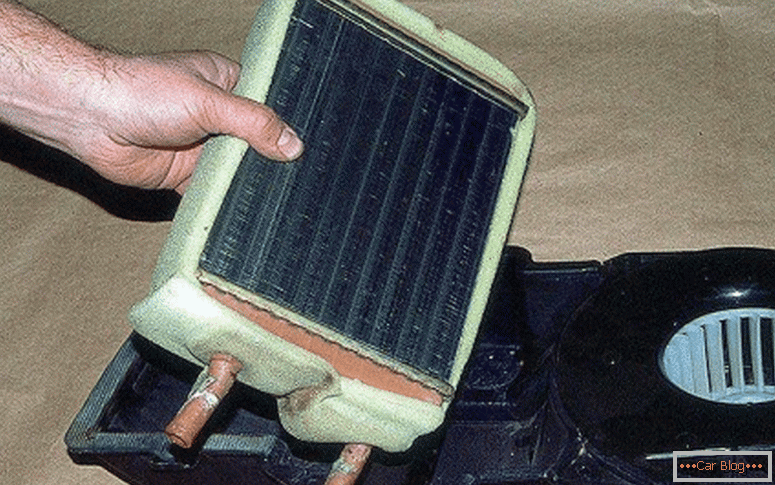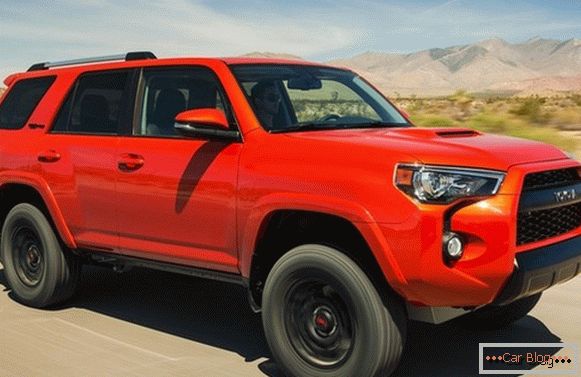The main road signs used to regulate traffic, have many similar features in different countries. One of the most recognizable signs of this kind is the red circle with a white horizontal rectangle in the center. For the similarity with the popular construction material, drivers call it "brick".
It can be found both in urban areas and outside settlements. For more informative pointer can supplement the labels, placing them below.
Content
- 1 Installation Relevance
- 2 Valid Exceptions
- 3 Sign prevalence area
- 4 Penalties for travel violations
Installation relevance
Разберемся, what does road sign mean«кирпич». Основной целью установки является запрет въезда в определенном направлении для большинства транспортных средств. Однако, важно учитывать, что имеются исключения из этого правила. Блокируемый участок пути включает не только прилегающий путь, но и движение по однополосной встречке.
It is important to pay attention to the sign when it is located near a dedicated lane for public vehicles, where ordinary car traffic is not allowed.
In the Rules of the road, the “entry prohibited” sign is located in clause 3.1. It is customary to place it where it is necessary to block movement in a particular direction. Red color is visible from afar, therefore, noticing it, it is worth looking for other ways to check in the desired direction.
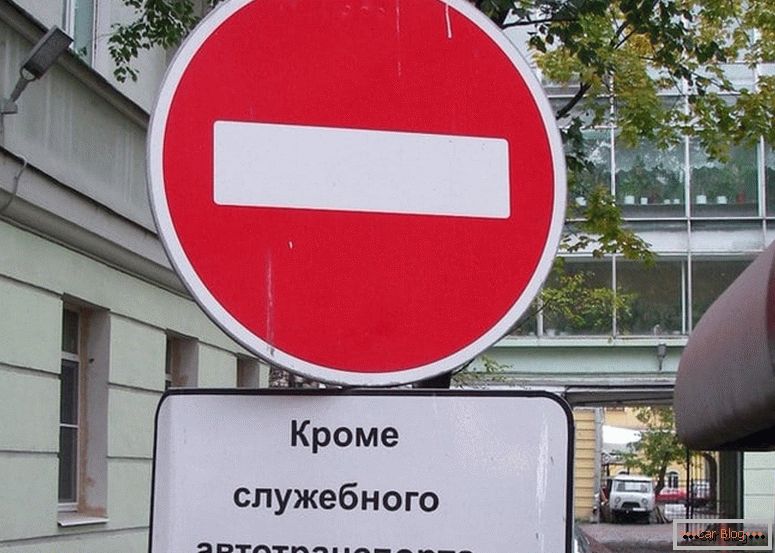
According to regulatory documents and current traffic rules, installation is allowed in the following cases:
- On the road, where there is a strip of public transport. Thus, the creation of congestion in urban environments is not allowed.
- In one-way traffic, blocking entry from the opposite side. Often, these sites are selected in the city center on the boulevards. Installation is carried out on one side of the road.
- When regulating the check-in / out of the parking lot, in a place of rest or gas stations.
- Non-admission of arrival on a certain lane or a separate section of the road. In this case, under a round sign, there is usually a rectangular picture in the form of a plate 8.14 “Lane” in the form of a black arrow on a white background pointing downwards.
It is important to know that in single-lane areas where there is a left exit, the sign can also be installed on the left.
If it is intended to establish a restraining sign in the area between two intersections, then at first it is customary to mount a preliminary sign 3.1 along with an information sign. It describes the distance from a specific point to the beginning of the site with the perceived danger, as well as the place where a corresponding restriction was introduced or other objects on the way.
See also: Do I need to do a CTP if there is a hull insuranceExceptions in effect
Although the sign "brick" in the SDA is a prohibitive signs, but it admits the presence of exceptions in the application. Moving around the city, every driver should know them. The exceptions do not include drivers residing behind an established sign or those who need to park on a site with limited traffic for business reasons. In such situations, the conceived responsibility is shifted to the traffic police inspector who noticed the violation.
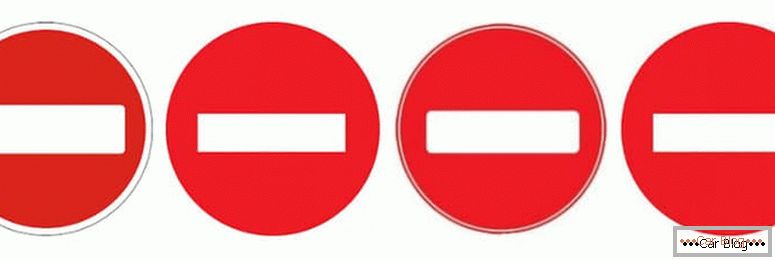
Experts say that among the permissible situations, which include the possibility of traveling under the prohibition sign 3.1, there are no diseases, needs of the human body, provocative traffic situations and other things. The presence of a sign is a prohibition for the overwhelming number of car owners of cars. Legal vehicles that are allowed in certain situations to ignore the pointer include:
- city buses;
- trolley buses / trams;
- other routing municipal vehicles.
When a driver has an indication issued by local authorities to move along an established route, he has the right to disregard the “brick”. However, he must have documented permission. In another situation, the movement under the sign is unacceptable. Before leaving you need to check its availability.
It should be borne in mind that the action of the mark applies to private carriers. It is worth considering when driving. You must also take into account the information plate under the red disc with a white rectangle. It helps to sometimes filter vehicles, for example, by pointing out “except for the company's customers”. This will protect drivers.
Sign Spread Area
It happens that on the usual daily journey of the driver appear travel bans, accompanied by characteristic signs. After a decline in emotions, one has to figure out how to act in a similar situation and how to find a way out of the current situation. The most common solutions are two options:
- Go a different way in search of a detour.
- Contact with the official request to the traffic police inspector for advice on travel in the prevailing conditions.
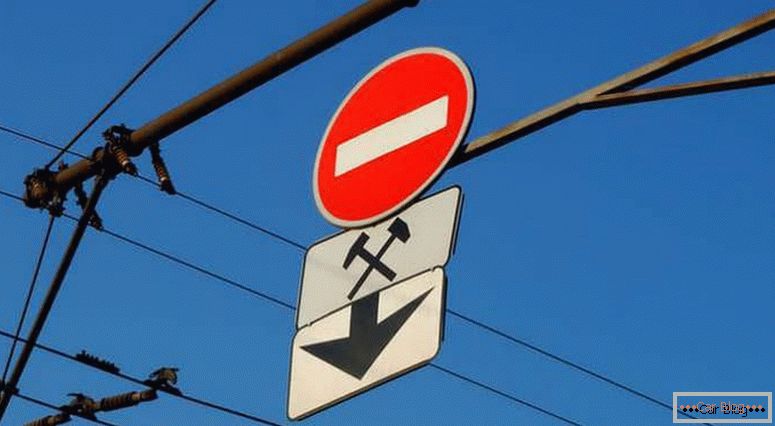
Looking at the photo of the “brick” sign, it is worth considering that the pointer has a limited coverage area and allows for some exceptions. However, in doubtful situations you should not risk not to get a fine.
See also: Directions of roundabouts: traffic rulesPenalties for travel violations
Every traffic violation by law is punishable by fines, correctional labor or deprivation of rights. Travel under the "brick" also entails statutory sanctions. Minimizing the consequences of them will be possible if you know the important factors:
- The importance of the surrounding area. At the entrance to the parking area or to the site for refueling it is necessary to follow the same rules of traffic rules as in the case of driving on the roads. If you break the rules to enter under the sign, then we should expect a punishment of 500 rubles. Special attention should be paid to drivers in unfamiliar cities or in an unknown area.
- Check on the oncoming lane with one-way traffic. Roads of this category are “closed” by appropriate signs on one of the sides blocking the passage. Ignoring the ban often leads not only to congestion, but also to an accident. In this regard, the amount of the fine is more substantial and reaches 5 thousand rubles. or deprivation of a driver's license for a period of 4 months to six months. With the possible repeated similar misconduct, the fine will remain the same, but the period of deprivation of rights will increase to one year.
- Travel on a dedicated lane. Legislation in 2018 provided for the possibility of punishment for violators occupying a strip closed by a “brick”, depending on the region. Small cities of non-federal significance punish motorists for 1,500 rubles, and in settlements of federal value the amount will increase to 3 thousand rubles.
The sums of punishment are not at all small, and given the possibility of deprivation of rights, it is worth observing traffic rules if there is a ban on travel on certain sections of city roads.
The installation standard assumes that the prohibitory indicator is required to be located within sight of at least 100 m. Also, it is not allowed to hide the sign by foliage or other means, including advertising banners or billboards.

